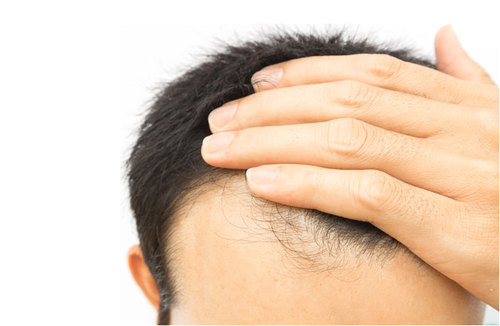

Hair Transplantation Treatment
Hair Transplantation Treatment is to insert more hair to a area on your head that might be diminishing or thinning up. It’s finish by taking hair from thicker pieces of the scalp or different pieces of the body. And joining it to the diminishing or going bald segment of the scalp.
Around the world, 60 percent of men and 50 percent of women experience some form of hair loss. To address this, individuals regularly use over-the-counter items, including topical medicines.
Hair transplant is another rebuilding technique. The primary transplant was acted in 1939 in Japan with single scalp hairs. In the next decades, doctors built up the “plug” system. This includes transplanting huge tufts of hair.
After some time specialists started utilizing smaller than expected and miniaturized scale unions to limit the presence of transplanted hair on the scalp.
Hair transplants work?
Hair Transplantation Treatment are typically more successful than over-the-counter hair restoration products. But there are some factors to consider:
- Somewhere in the range of 10 to 80 percent of transplanted hair will completely develop in an expected three to four months.
- Like regular hair, transplanted hair will thin after some time.
- Individuals with weary hair follicles (sacs that normally contain hair underneath the skin yet never again develop hair) may have less powerful transplants. Plasma treatment can help up to 75 percent or a greater amount of the transplanted hairs completely develop back.
Hair Transplantation Treatment don’t work for everybody. They’re primarily used to restore hair in case you’re going bald or diminishing normally or have lost hair because of a physical issue.
Most transplants are finish with your current hair, so they’re not as powerful for treating individuals with:
Extensive thinning and baldness
Hair loss due to chemotherapy or other medications
Thick scalp scars from injuries
